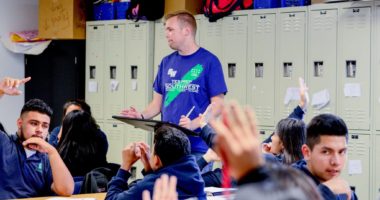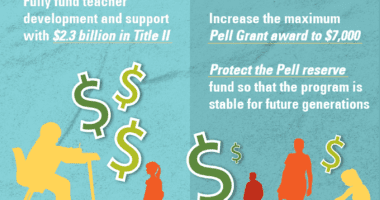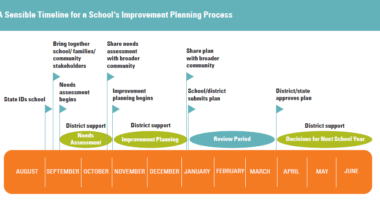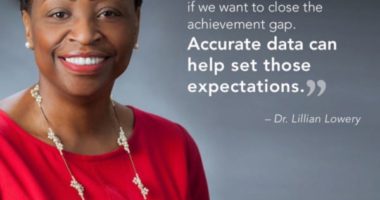Exhuming Potential in Our Children
“You know, there’s one place that all the people with the greatest potential are gathered. One place and that’s the graveyard.”
I’ve been in the grip of that haunting opening line ever since Viola Davis spoke it during her Oscar acceptance speech. Davis is certainly correct, but there’s another place where all the people with the greatest and fiercest potential are gathered — a place where one is supposed to be able to dream big and work to see those dreams to fruition. That place is the schoolhouse.
Each year in thousands of classrooms across country — some new and some old, some rural and some urban, some elementary and others secondary — we ask youth, “What do you want to be when you grow up?” The often understated and underlying belief in this question is that the American Dream is real and within reach for any young person. You can be anything you want to be, we tell them, if you’re willing to work hard for it.
But, if we’re really being honest, the ability to dream is only part of the story; for some kids, the nightmares of inadequate and unequal school funding, low expectations, barred access to opportunity, and unequal rates of exclusionary discipline are, in fact, a reality. What Davis brought to light is that potential is sent to die long before too many kids reach their final destinations — or even leave the school doors.
Before coming to Ed Trust, I spent several years serving as a site coordinator and national curriculum trainer for the Children’s Defense Fund’s Freedom Schools® program. Freedom Schools is an intergenerational servant-leadership summer learning program that teaches youth to see themselves in powerful American narratives and find their voices to make an impact in their communities. However, after years of doing that work, it became clear to me that, for too many kids, this was an experience they were only getting during the summer when they were being exposed to texts and history and voices absent from their district curricula. This was especially true for low-income, Black, and Brown kids.
I thought, What’s the point of helping young kids find their voice, sound their stories, and learn their histories if it’s only for a month a year? And what’s the point of telling them, all throughout the year, that they can be anything they want to be if we adults — from the classroom to the statehouse — don’t have the collective will to meet their aspirations and drive with support and high expectations? And why are we adults here at any level if we don’t desire the equivalent of an Academy Award for our collective performance in removing fences between our children’s aspirations and the opportunities to help them reach their goals?
Davis was speaking to an audience of storytellers, but as an advocate for children, I heard and felt something fiercely urgent: Support the educators and advocates that awaken the potential, the stories, and the voices of the living before they abandon their dreams.
Renowned scientist and author Stephen Jay Gould echoes Davis’ words: “I am, somehow, less interested in the weight and convolutions of Einstein’s brain than in the near certainty that people of equal talent have lived and died in cotton fields and sweatshops.”
It’s up to us — no matter where we are or what we do — to exhume the potential of our young people, so that America’s tomorrow is bigger than any of their — and our, and America’s — wildest dreams.
Photo credit: Wikimedia










